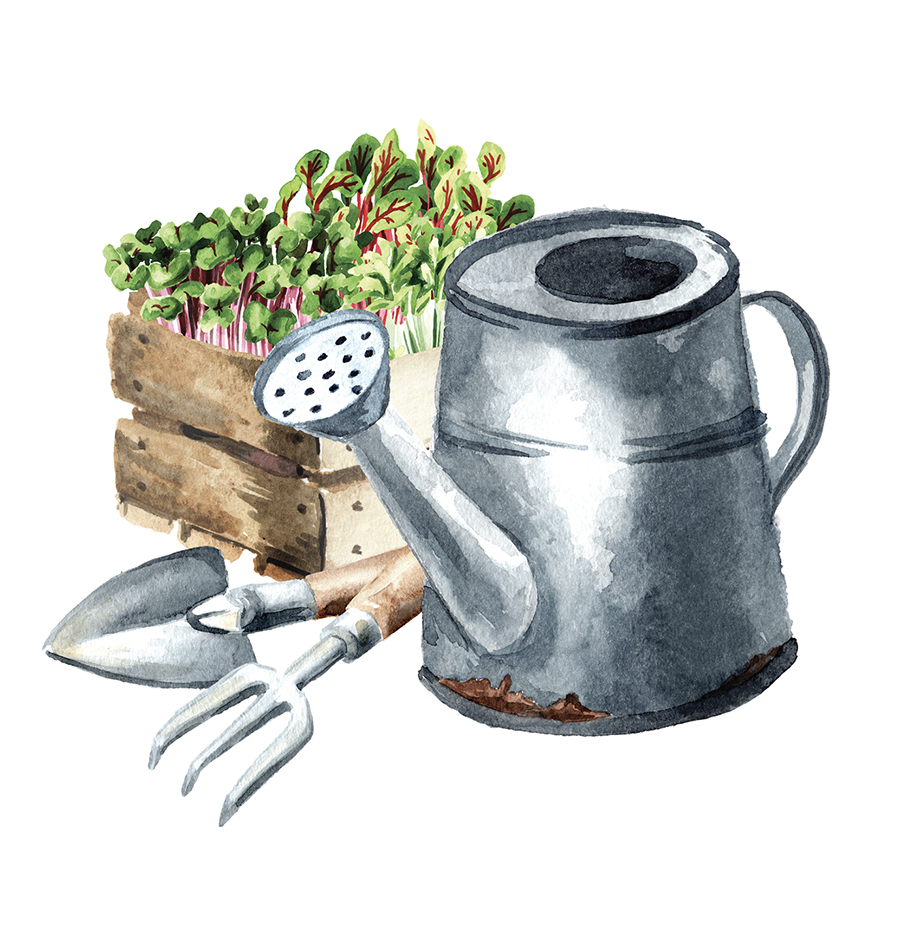Almanac August 2023

 August slows us down. Speeds us up. Goes by a host of honest names. Call it “Epoch of Purple Coneflowers” or “Dawn of the Swamp Rose Mallow” or “Rudbeckia in C Major.”
August slows us down. Speeds us up. Goes by a host of honest names. Call it “Epoch of Purple Coneflowers” or “Dawn of the Swamp Rose Mallow” or “Rudbeckia in C Major.”
In the garden, call it “abundance.”
Call it “too many tomatoes” or “fresh salsa for days” or “winter marinara.”
Call it sweet corn tossed with butter. Pickled chili peppers. Green beans sizzling in the skillet. Call up the neighbors to share the harvest.
The bees seem to know these days are numbered. The butterflies, too. They sip warm nectar long and slow as if to become it. As if the beauty might swallow them whole.
It’s the beginning of the end. Summer’s swan song. The firefly’s last dance.
Perhaps you call it bittersweet, the way the golden light begins to soften. How the cicada still sings. How it’s all so subtle.
Black snake basks in candied light. As the season fades, the crickets play their hearts out. Beautyberries bear whorls of purple fruit. The gray squirrel bears her second litter.
It’s the beginning of something new.
By month’s end, the hives are fat with honey. The spring fawns have lost their spots. The crickets perform late summer’s opus.
“Rudbeckia in C Minor” swells into the balmy evening.
As the earliest apples ripen, something in the air will shift. You’ll want to name it “joy” or “sorrow” — maybe even “respite.” Call it what you’d like: gift, heartache or threshold. August is all of it.

Going Moony
Those who garden by the moon’s phases should know that two full moons will grace us with their brilliance this month — on the first and last day. According to The Old Farmer’s Almanac, this age-old planting practice is based on the idea that the gravitational pull of the moon “affects the moisture in the soil” just as it causes the tides to swell and recede.
Ever tried it? Annual flowers and above-ground crops (as in your fall greens) should be sown into the earth during the waxing phase of the moon. In other words, from the new moon (August 16) until the blue moon (August 31). Flowering bulbs (think spider lily and sternbergia) and below-ground crops (beets, radishes and rutabaga) are said to thrive when planted during the moon’s waning phase, beginning the day after it is full (in this case, August 2) until the day before it is new again.
If those full moons happen to look just a bit bigger and brighter this month, it’s because they are, in fact, supermoons — as close to the Earth as they can get.

August of another summer, and once again I am drinking the sun and the lilies again are spread across the water. — Mary Oliver
The Bees Knees
 Among the native wildflowers sure to dazzle pollinators and nature lovers alike, behold the blooming swamp rose mallow (Hibiscus moscheutos), found thriving in moist soil and full sun, especially alongside creeks and ponds. Irresistible to bees, butterflies and hummingbirds, this showy perennial is known for its sizable pink and white flowers. Fragrant and funnel-shaped, these five-petaled wonders open at night, revealing a vibrant red or purple center with a riot of yellow stamens. Long bloom this late summer beauty! PS
Among the native wildflowers sure to dazzle pollinators and nature lovers alike, behold the blooming swamp rose mallow (Hibiscus moscheutos), found thriving in moist soil and full sun, especially alongside creeks and ponds. Irresistible to bees, butterflies and hummingbirds, this showy perennial is known for its sizable pink and white flowers. Fragrant and funnel-shaped, these five-petaled wonders open at night, revealing a vibrant red or purple center with a riot of yellow stamens. Long bloom this late summer beauty! PS
